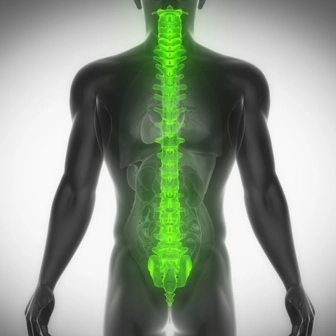Make Use of ICD-10's Specificity

Question: The doctor’s note says that ‘patient presents with pain in the ankle.’ How do I find the correct ICD-10 code for this encounter?
Answer:
There isn’t enough detail in this note to help you choose the best ICD-10 code. That’s because the ICD-10 descriptors refer to “pain” in a specific anatomic site, such as:
Always code to the highest specificity: Notice how the sixth character signifies the anatomic location. For instance, right = 1, left = 2, and unspecified = 9. Although ICD-10 offers codes for unspecified sides or unspecified joints, don’t use those routinely. Teach your physician to specify which foot to make sure your claims aren’t kicked out. Documentation that is specific about laterality is particularly important in injury-related claims.
Extra coding help: You’ll find Excludes2 notes with category M25 of ICD-10. For example, reporting any of these joint pain codes with the ICD-10 codes for pain in parts of the patient’s limb, such as pain in foot (M79.67-), pain in limb (M79.6-), and pain in toes (M79.67-) codes isn’t likely but is still possible. Your physician’s documentation needs to support this.




